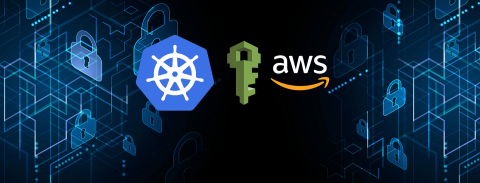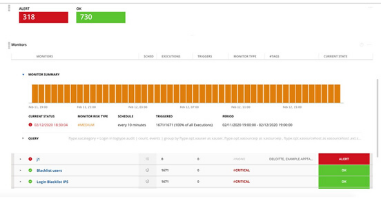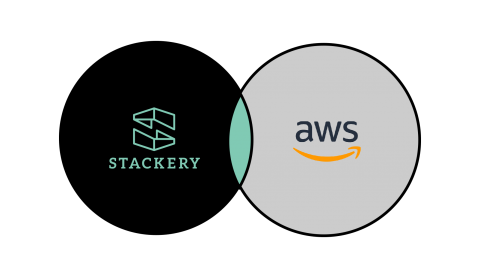IAM Access in Kubernetes: The AWS Security Problem
Identity and access management (IAM) in AWS is a way to grant access to AWS services and collect and transmit data and credentials. Most Kubernetes “Quick Start” guides for AWS do not adequately cover how to manage IAM access in your pods. This blog series will first go over the security issues specific to AWS IAM on Kubernetes, then compare solutions, and then we will end with a detailed walkthrough for setting up your cluster with one of those solutions.











